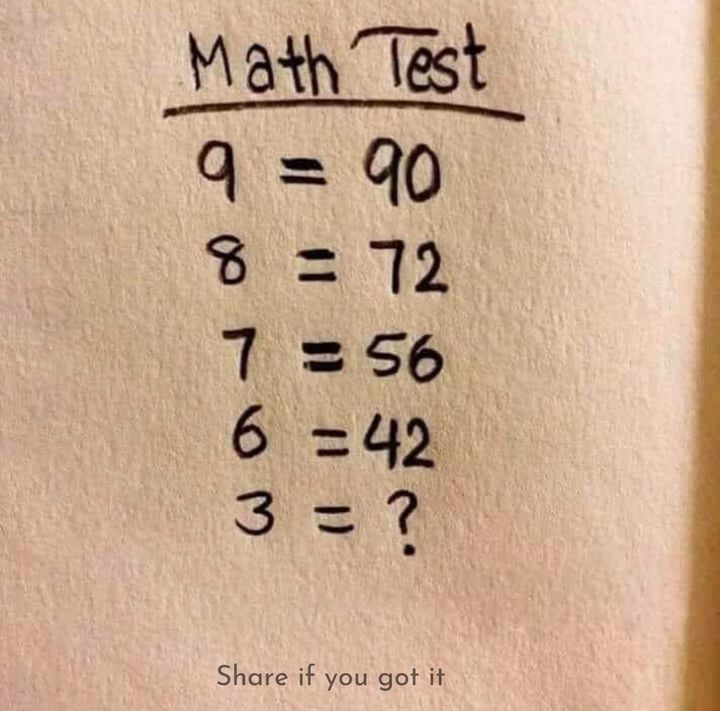Struggling with basic multiplication can feel like you’re stuck in a maze with no way out. Whether you’re a student honing your math skills or an adult who wants to brush up on arithmetic, understanding multiplication patterns can make solving these puzzles easier. Ready to dive into some simple yet intriguing multiplication problems? Let’s break them down step-by-step.
Understanding Multiplication Patterns
The Basics of Multiplication
Multiplication is essentially repeated addition. For instance, 3 x 4 is the same as adding 3 four times (3 + 3 + 3 + 3). It’s a fundamental arithmetic operation that forms the basis of many mathematical concepts. But what happens when you need to solve a series of multiplications quickly?
Recognizing Patterns in Multiplication
One effective way to solve multiplication problems is to look for patterns. For example, in the multiplication table, you’ll notice that numbers repeat in a predictable sequence. This pattern recognition can simplify your calculations and improve your speed.
Solving the Multiplication Puzzles
Breaking Down the Problem
Let’s look at a series of multiplication problems to uncover the answer. Here’s what we have:

Finding the Pattern
By analyzing these problems, we notice a clear pattern: each multiplication involves two decreasing numbers. The product of each pair fits into a descending numerical order. Let’s break it down further:
Calculating Each Problem
- 9 x 10 = 90: This is straightforward; multiplying 9 by 10 gives 90.
- 8 x 9 = 72: Here, 8 times 9 equals 72.
- 7 x 8 = 56: The result of 7 multiplied by 8 is 56.
- 6 x 7 = 42: For this, 6 times 7 equals 42.
- 5 x 6 = 30: Multiplying 5 by 6 results in 30.
- 4 x 5 = 20: Finally, 4 times 5 gives 20.
Identifying the Missing Multiplication
Now, we need to determine the missing multiplication in the sequence. Given the pattern, each result decreases by 12 (90, 72, 56, 42, 30, 20). To find the missing multiplication problem, we need to identify where this sequence fits in.
Using the Pattern to Predict the Next Number
By examining the pattern, we see the following:
- 90 (9 x 10)
- 72 (8 x 9)
- 56 (7 x 8)
- 42 (6 x 7)
- 30 (5 x 6)
- 20 (4 x 5)
The sequence is decreasing consistently, so to find the missing multiplication, we apply the pattern of decreasing values. The missing result that fits the pattern would logically be the product of 3 x 4:
- 3 x 4 = 12
Exploring Further: Patterns in Multiplication
Why Patterns Matter
Recognizing multiplication patterns isn’t just about solving puzzles. It’s a fundamental skill in mathematics that helps with more complex calculations and problem-solving. Understanding these patterns can improve your mental math skills and boost your overall numerical fluency.
Applying Patterns in Everyday Math
Patterns aren’t limited to classroom exercises. They appear in various real-life situations, such as budgeting, cooking, and even time management. By honing your ability to recognize and apply these patterns, you can simplify everyday tasks and make more efficient decisions.
Tips for Mastering Multiplication Patterns
- Practice Regularly: The more you practice, the better you’ll become at spotting patterns and solving problems quickly.
- Use Multiplication Tables: Familiarize yourself with multiplication tables to recognize common patterns.
- Engage with Puzzles: Solve multiplication puzzles and problems to challenge your understanding and improve your skills.
Conclusion
Multiplication doesn’t have to be a daunting task. By understanding and recognizing patterns, you can simplify calculations and solve problems with ease. The key is practice and familiarity with basic arithmetic principles. So next time you face a multiplication challenge, remember these tips and apply your pattern-recognition skills. Happy calculating!
In summary, mastering multiplication patterns can enhance your mathematical abilities and make problem-solving more intuitive. Keep practicing, stay curious, and enjoy the journey of learning!





